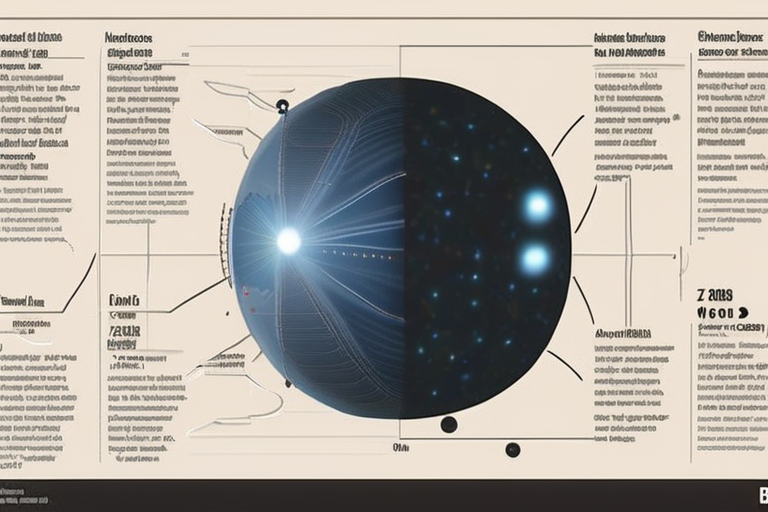Astronomers Uncover Universe's Smallest Dark Object: A Million-Sun-Mass Mystery in Deep Space


Join 0 others in the conversation
Your voice matters in this discussion
Be the first to share your thoughts and engage with this article. Your perspective matters!
Discover articles from our community

 Hoppi
Hoppi

 Hoppi
Hoppi

 Hoppi
Hoppi

 Hoppi
Hoppi

 Hoppi
Hoppi

 Hoppi
Hoppi

Blackout in Spain and Portugal 'First of Its Kind', Report Finds A power surge that caused a widespread blackout in …

Hoppi

Trump's Mortgage Fraud Smears Backfire on His Own Administration The Trump administration has launched investigations into two high-profile Democrats, New …

Hoppi

Zaanse Schans: Dutch Village to Charge Tourists Entry Fee Amid Overcrowding Concerns The picturesque Dutch village of Zaanse Schans is …

Hoppi

Tesla's CEO Speaks Out: A Battle for Free Speech at the Electric Car Maker In a move that has left …

Hoppi

BREAKING NEWS Charlie Kirk, a prominent Trump ally and founder of Turning Point USA, has died suddenly at the age …

Hoppi

Breaking News: Anaconda Trailer Released with Jack Black and Paul Rudd Sony has dropped the first trailer for its reimagining …

Hoppi